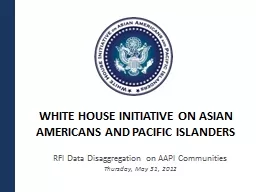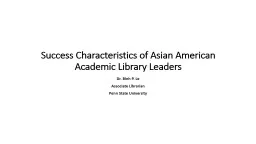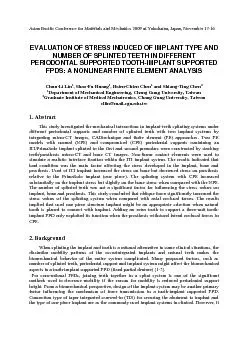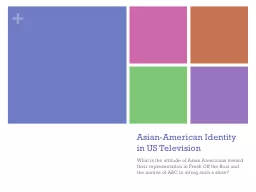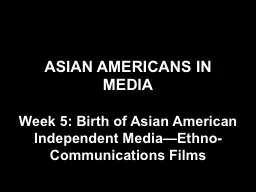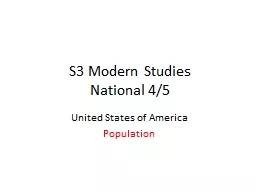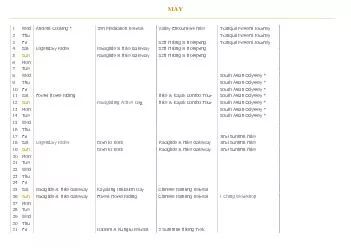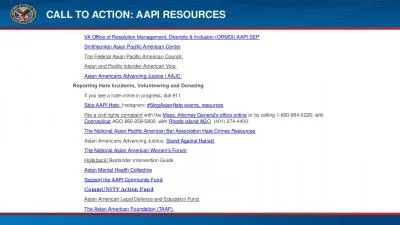PPT-WHITE HOUSE INITIATIVE ON ASIAN AMERICANS AND PACIFIC ISLAN
Author : lindy-dunigan | Published Date : 2016-11-09
RFI Data Disaggregation on AAPI Communities Thursday May 31 2012 WHITE HOUSE INITIATIVE ON ASIAN AMERICANS AND PACIFIC ISLANDERS AAPI Growth Where are AAPIs AAPI
Presentation Embed Code
Download Presentation
Download Presentation The PPT/PDF document "WHITE HOUSE INITIATIVE ON ASIAN AMERICAN..." is the property of its rightful owner. Permission is granted to download and print the materials on this website for personal, non-commercial use only, and to display it on your personal computer provided you do not modify the materials and that you retain all copyright notices contained in the materials. By downloading content from our website, you accept the terms of this agreement.
WHITE HOUSE INITIATIVE ON ASIAN AMERICANS AND PACIFIC ISLAN: Transcript
Download Rules Of Document
"WHITE HOUSE INITIATIVE ON ASIAN AMERICANS AND PACIFIC ISLAN"The content belongs to its owner. You may download and print it for personal use, without modification, and keep all copyright notices. By downloading, you agree to these terms.
Related Documents

